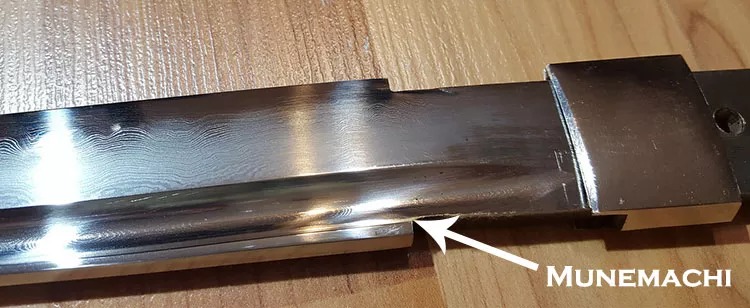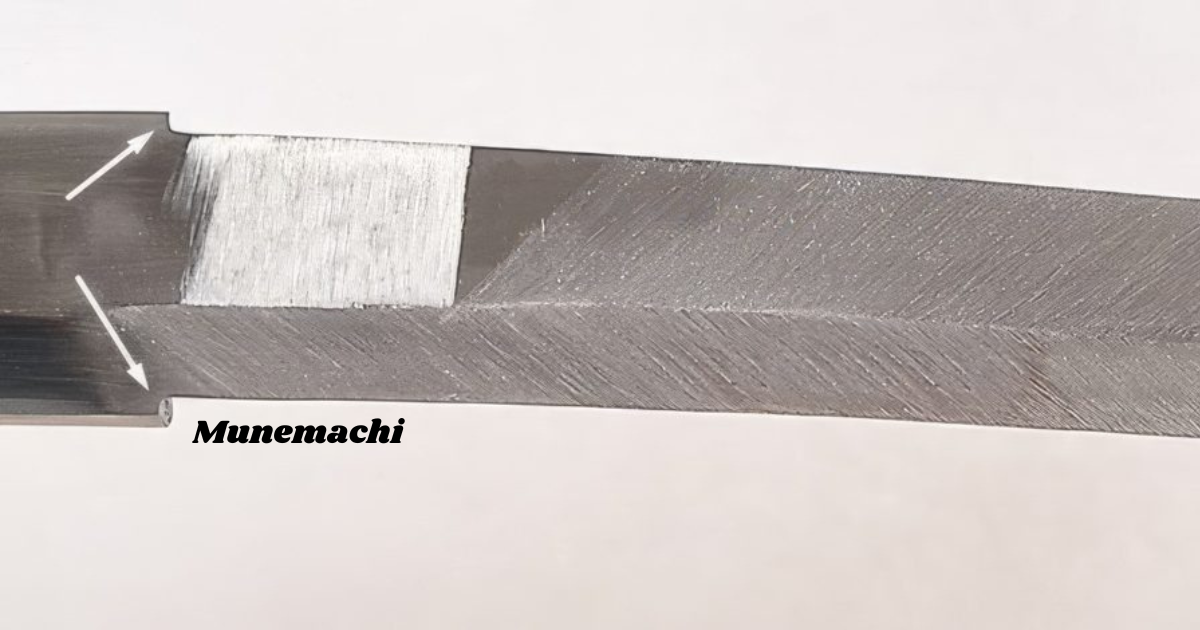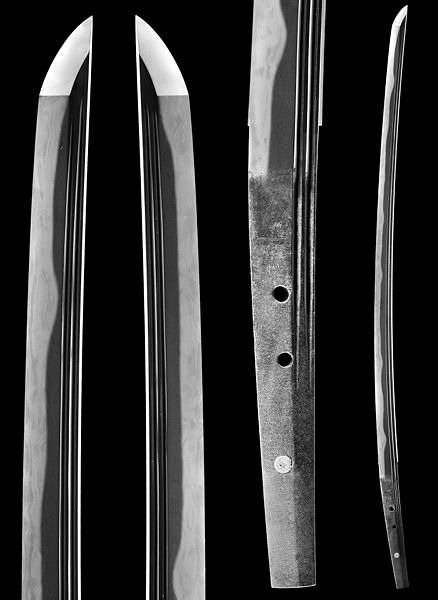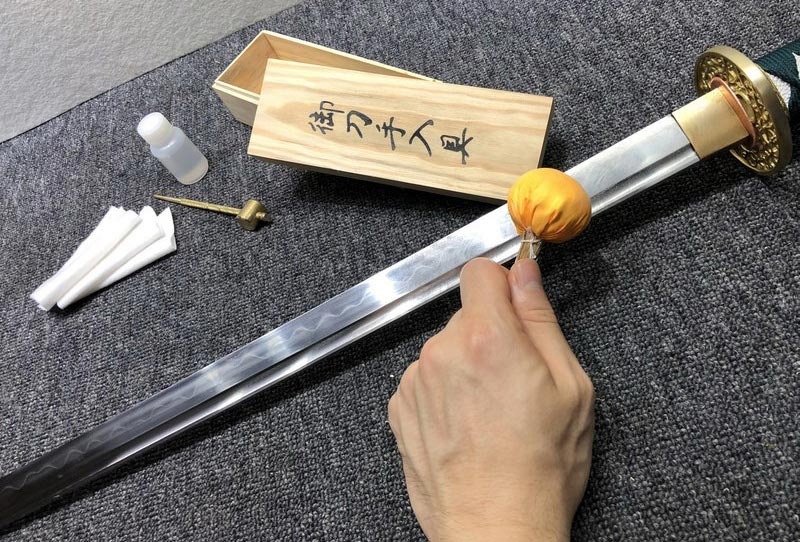Blog
Understanding the Role of Munemachi in Japanese Swords

Japanese swords, renowned for their intricate craftsmanship and cultural significance, have captured the imagination of martial artists, historians, and collectors worldwide. Among the many components that contribute to their unique design, the munemachi plays a pivotal role. This article dives deep into the function of the munemachi, shedding light on its importance.
What is Munemachi?
The munemachi is a crucial part of the Japanese sword, often overlooked by novices but highly regarded by experts. Located on the tang (nakago), near the blade’s spine (mune), it serves as a notch or step that aligns with the sword’s guard (tsuba) and handle (tsuka).
The Role of Munemachi in Japanese Sword Construction
image Credit by wiki
1. Structural Alignment and Balance
The munemachi ensures that the sword is properly aligned when mounted. This alignment is essential for:
- Distributing the blade’s weight evenly.
- Maintaining balance during use, whether in combat or ceremonial display.
2. Blade Stability
The notch works in tandem with the hamachi (another notch near the blade’s edge) to provide structural stability:
- It anchors the blade securely within the tsuka.
- Minimizes unnecessary movement, which could lead to damage or reduced efficiency during cutting.
3. Precision in Sword Assembly
The munemachi and hamachi together determine the exact placement of the tsuba and habaki (blade collar), critical for a sword’s functionality and aesthetic appeal.
Cultural Significance of Munemachi
Japanese swords are not just weapons but also embodiments of cultural artistry. The munemachi’s precise craftsmanship reflects:
- Samurai values precision, discipline, and excellence.
- The meticulous attention to detail upheld by swordsmiths across centuries.
Materials and Techniques in Munemachi Crafting
Traditional Japanese swordsmiths forge the munemachi using specialized techniques:
- Hammering and filing: To create a perfect notch without compromising blade strength.
- Heat treatment: Ensures durability and resistance to wear over time.
Maintenance and Care of Munemachi
Proper care of the munemachi in Japanese swords is vital for preserving the sword’s integrity:
- Regular cleaning to prevent rust or corrosion.
- Inspection during mounting to ensure the notches align perfectly with the sword fittings.
Why Understanding Munemachi Matters for Collectors and Martial Artists
For collectors and martial artists, knowledge of the munemachi enhances appreciation of the sword’s craftsmanship:
- Collectors: Gain insights into the historical and artistic value of their pieces.
- Martial Artists: Understand the functional aspects that affect performance in disciplines like Kendo or Iaido.
Conclusion: The Artistry and Functionality of Munemachi
The munemachi, though a small feature, encapsulates the genius of Japanese swordsmithing. Its role in aligning, stabilizing, and preserving the blade ensures the sword remains a masterpiece of engineering and art. Whether you are a collector, martial artist, or historian, delving into the nuances of components like the munemachi can deepen your understanding and respect for Japanese swords.


